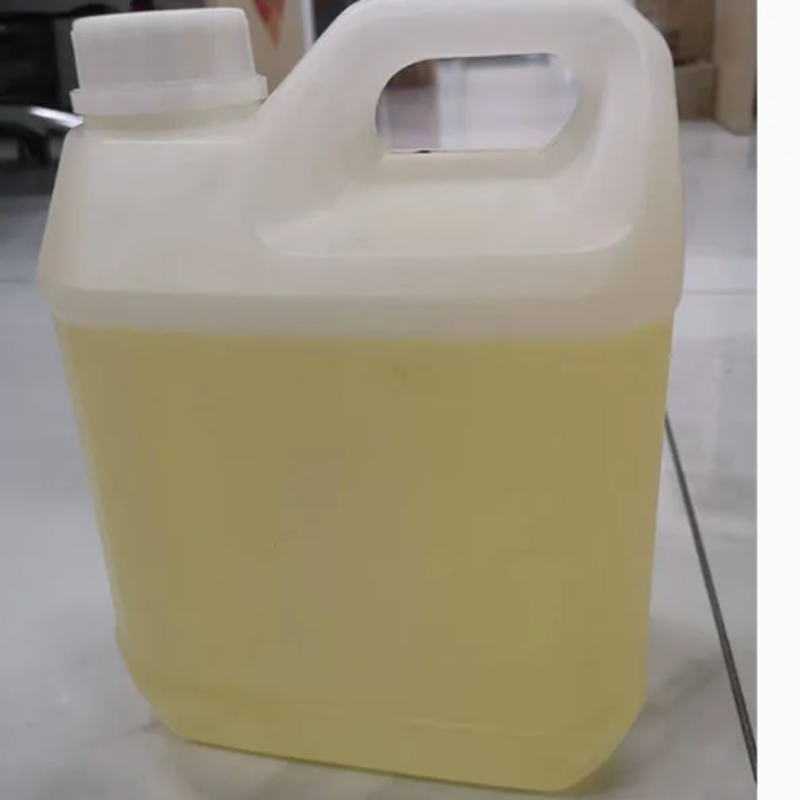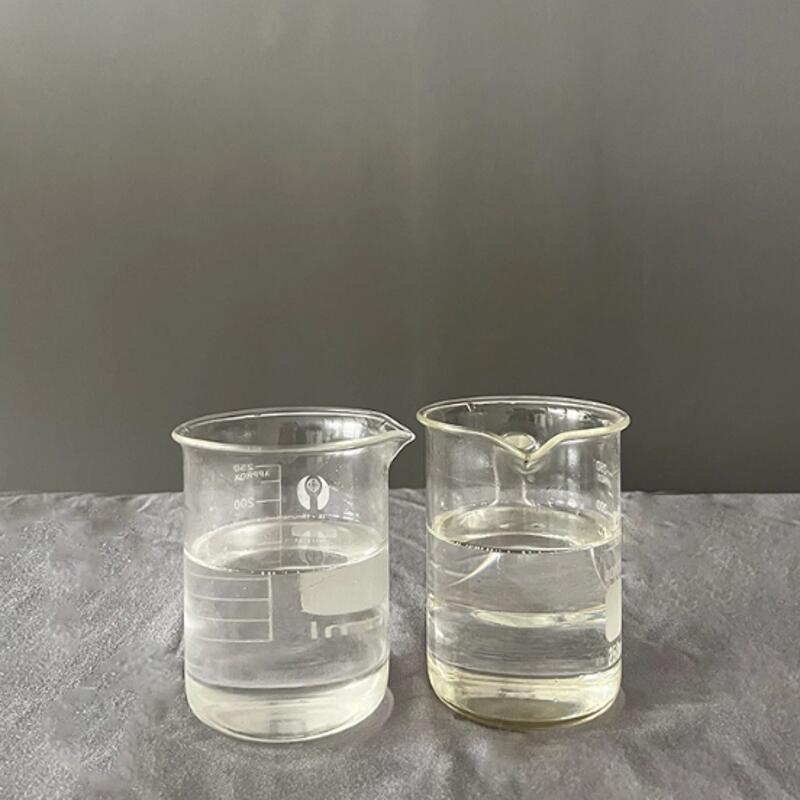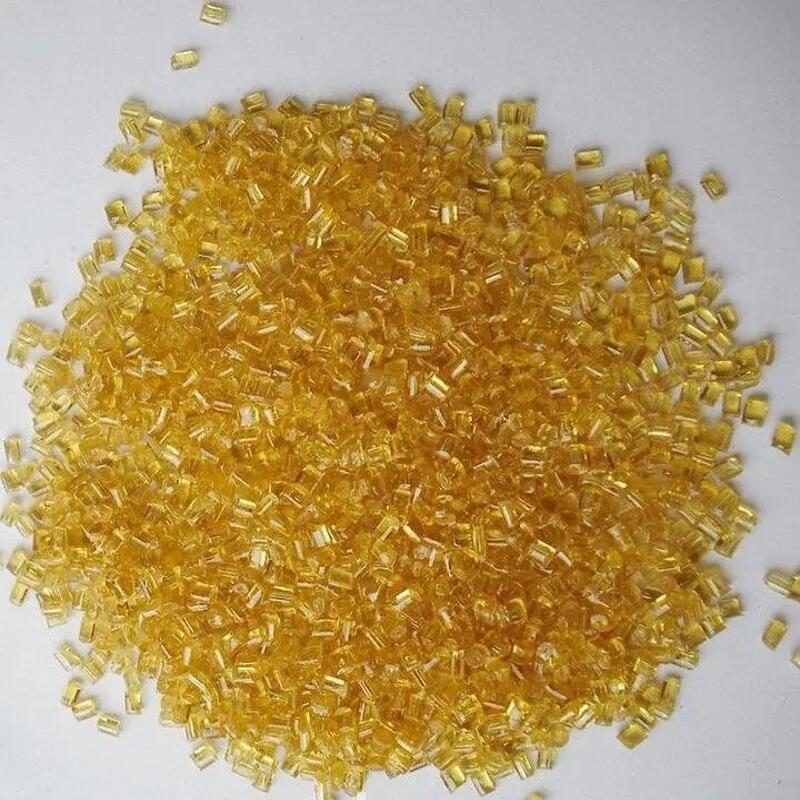-
Categories
-
Pharmaceutical Intermediates
-
Active Pharmaceutical Ingredients
-
Food Additives
- Industrial Coatings
- Agrochemicals
- Dyes and Pigments
- Surfactant
- Flavors and Fragrances
- Chemical Reagents
- Catalyst and Auxiliary
- Natural Products
- Inorganic Chemistry
-
Organic Chemistry
-
Biochemical Engineering
- Analytical Chemistry
-
Cosmetic Ingredient
- Water Treatment Chemical
-
Pharmaceutical Intermediates
Promotion
ECHEMI Mall
Wholesale
Weekly Price
Exhibition
News
-
Trade Service
In the beverage market, brand owners and suppliers are increasingly participating in the sustainability bandwagon and further launching sustainability initiatives
.
Primary packaging materials are therefore gaining a lot of attention, as is the growing impact of sustainability on beverage labels - suppliers in the labeling market are looking to become active players in the relevant solutions
.
Gwen Chapdelaine, director of marketing at Fort Dearborn, an Illinois-based packaging company, said: "Label suppliers are following the sustainability trend and helping beverage brands achieve their packaging-related sustainability goals by developing and offering the right label products.
.
.
Quantification is one way to achieve these goals
.
Chapdelaine highlighted the impact lightweighting has had in supporting recycling efforts, as well as the large number of labelling options to choose from, "There are a lot of beverages that come in plastic containers and there are now a variety of labels to support [plastic containers].
recycling
.
Louis Iovoli Sr.
, vice president of New York-based packaging company Hammer Packaging, also emphasized the impact of sustainability on the overall label market
.
Iovoli added that Hammer Packaging works closely with substrate manufacturers to support sustainability efforts
.
"Hammer packaging offers a caustic compatible solution that allows the structure of the printed label to be easily separated from the bottle during recycling," he continued
.
effective influence
effective influenceMany consumers are increasingly opting for higher-end products, so label suppliers need to ensure their products support this shift
.
Chapdelaine said: “The demand for high-end beverages has been matched by the use of more high-end label materials such as films and specialty papers … There are many options, including clear films, uncoated papers, and even veneer substrates
.
”
The combination of special coatings and inks can also help products stand out on the shelf
.
Iovoli of Hammer Packaging noted that the company has found surface coatings to be popular lately, mainly because of their wide variety
.
“We work with our customers to find the most unique and effective solutions to ensure their products stand out on the shelf
.
For example, a soft touch coating is a prime example of enhancing an overall brand, as it tends to give a product a more premium look.
The look and feel
.
The matte finish combined with the varnish in combination with spot UV is popular and creates the tactile part of the container
.
The ultimate goal is for our customers to be successful on the shelf and we are always working on finding a solution
.
”
Chapdelaine also predicts that the beverage market will see an uptick in the use of digital printing for high-volume customization, limited-edition products and short-term SKUs
.
It's just a way for brands to use labels to communicate with consumers, she said
.
“Other ways for beverage companies to connect and interact with consumers is through the use of QR codes, digital watermarks, near field communication (NFC) or conductive inks on packaging for a more interactive experience
.
”
How to choose a label
How to choose a labelWhen using beverage labels, brand owners have many attributes to consider when deciding which label material to use
.
"All packaging follows the basic principle of 'form and function,'" says Iovoli of Hammer packaging
.
“The choice of label material is carefully checked against these requirements
.
To determine functionality, we need to consider how the label will perform under display conditions, during and after application
.
To ensure we choose the correct form, we first ensure that Materials can enhance the brand
.
”
When deciding which label material to use, packaging buyers should consider the following, Iovoli said:
What message does the product want to convey;
How the packaging should interact with consumers;
What is the end use of the product;
What conditions does the product need to withstand;
Does the container need to reflect any sustainable packaging solutions?
Iovoli noted that Hammer Packaging offers a multi-printing platform for a variety of label >
.
"We operate in a wide range of materials, from paper to shrinkable films and foams.
.
.
any design or material, and we work hard to help our customers succeed on the shelf
.
"
Fort Dearborn's Chapdelaine also highlights the impact of physical elements on product and packaging efficacy, and how specific label materials can help achieve these goals
.
"For the packaging of many beverages, companies are often looking for materials with water-repellent properties, available in films and papers with high wet strength
.
"
“Film options are available for cut and overlay, pressure sensitive, roll up, shrink/stretch sleeve labels
.
For shrink sleeve labels, a natural white white film can be used, reducing the need for printed white overlays or colored bottles, and Provides a functional light barrier (UV and visible light) to extend product shelf life
.
"







